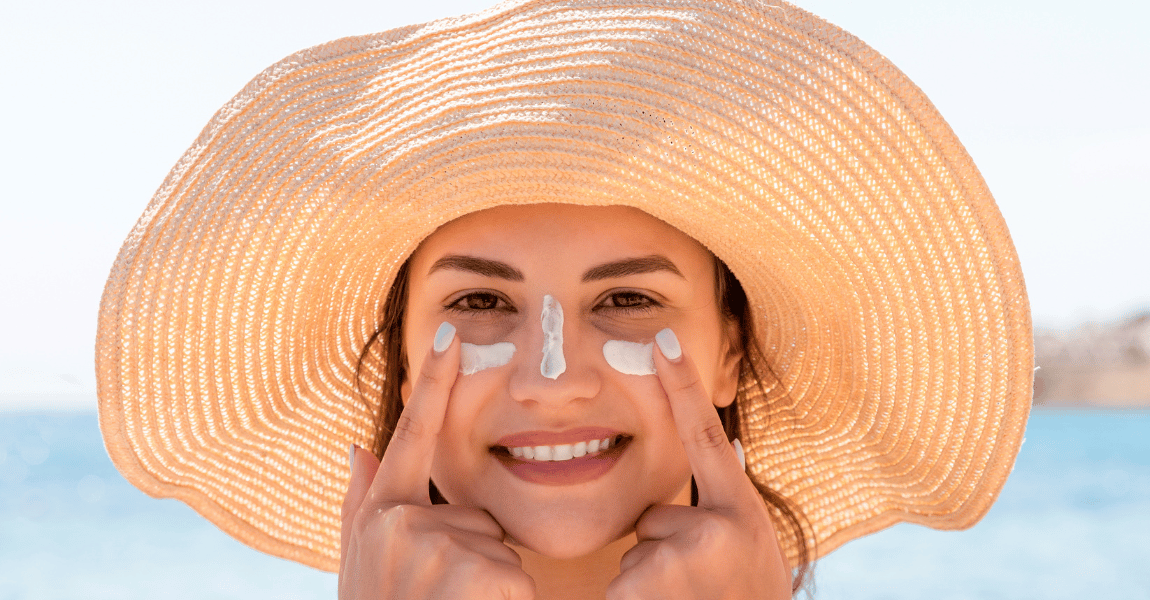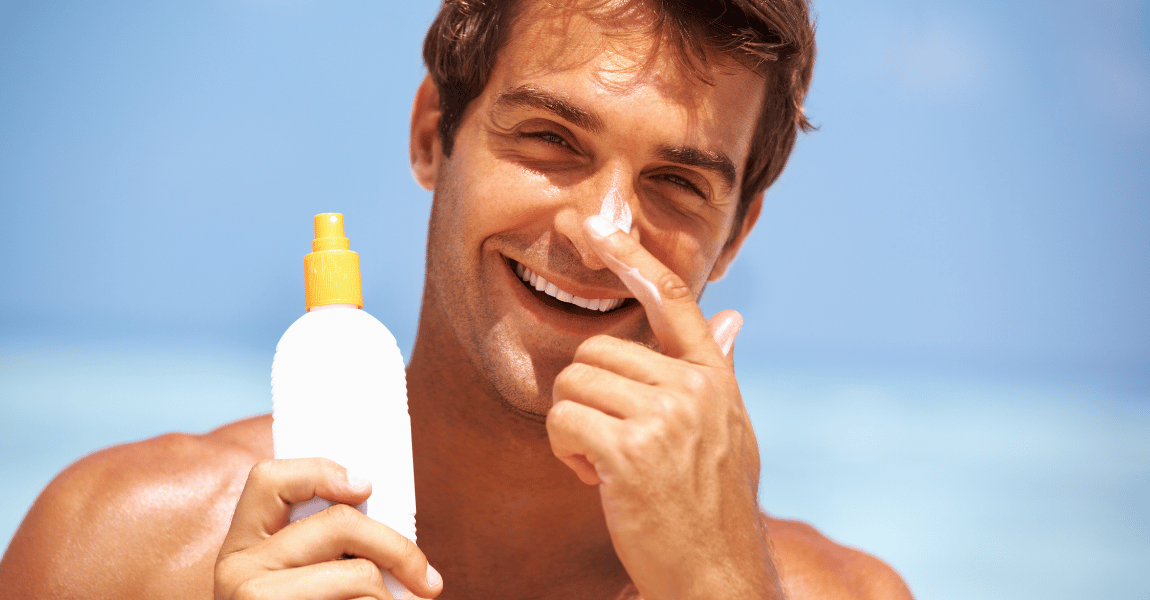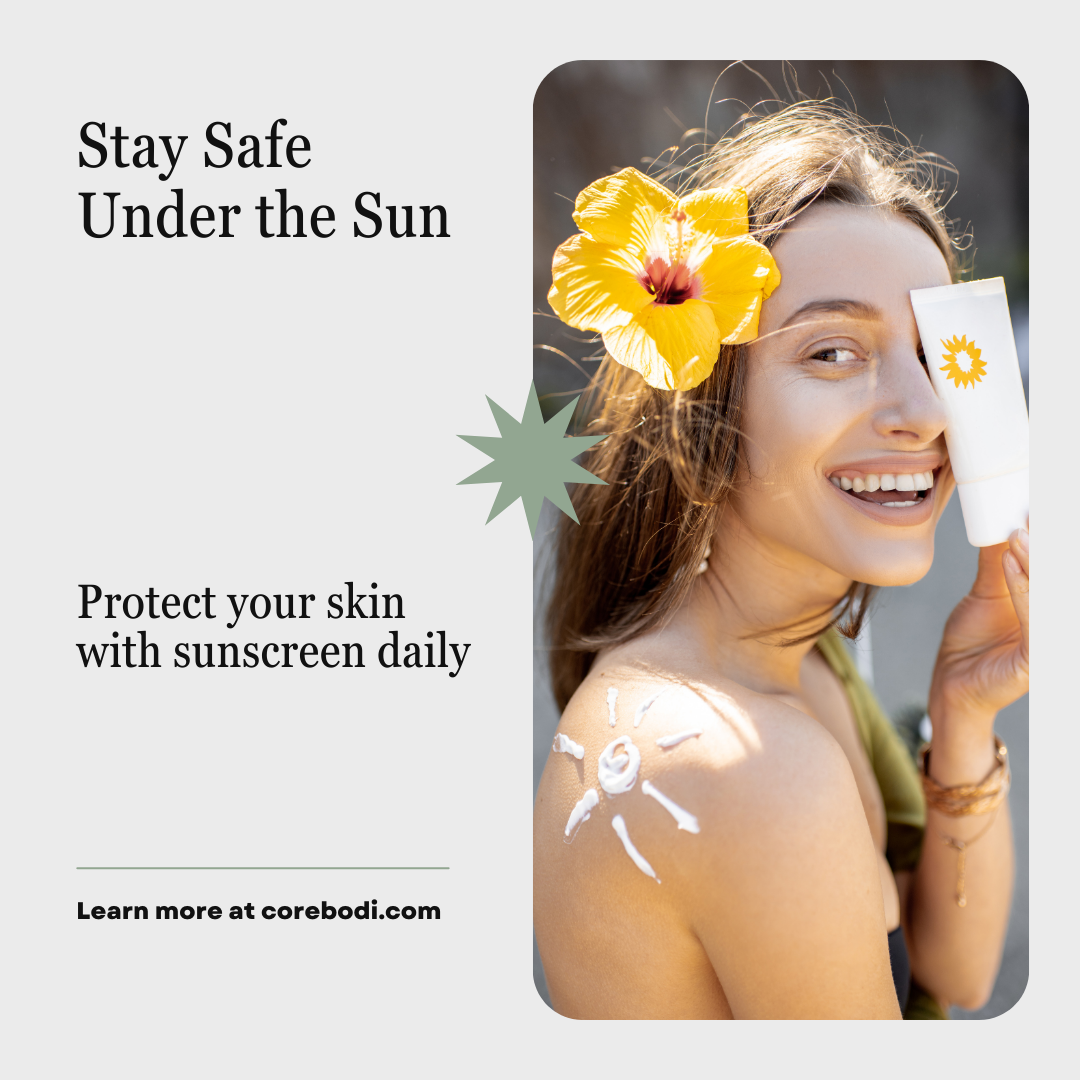Mineral Based vs. Chemical Based Sunscreens
A Comprehensive Comparison of Mineral-Based vs. Chemical-Based Sunscreens.

Sunscreen is a vital part of skin protection, shielding against the harmful effects of ultraviolet (UV) radiation from the sun.
There are two main types of sunscreen: mineral-based (also known as physical sunscreen) and chemical-based.
While both provide sun protection, they differ significantly in their composition, how they function, and their overall impact on the skin and environment.
This report explores the differences between mineral and chemical sunscreens, evaluates their effectiveness, and determines which option provides superior sun protection.
1. Understanding the Differences Between Mineral and Chemical Sunscreen
The primary distinction between these two types of sunscreens lies in their active ingredients and mechanisms of protection.
1.1 Mineral-Based Sunscreen
Active Ingredients:
- Zinc oxide
- Titanium dioxide
How It Works: Mineral sunscreens create a physical barrier on the skin that reflects and scatters UV rays away from the body. These formulations work immediately upon application and are considered broad-spectrum, meaning they protect against both UVA and UVB rays.
Key Characteristics:
- Sits on the surface of the skin rather than being absorbed.
- Starts working immediately after application.
- Less likely to cause irritation or allergic reactions.
- Environmentally friendly, with minimal impact on marine ecosystems.
- Often leaves a white cast on the skin.

1.2 Chemical-Based Sunscreen
Active Ingredients:
- Oxybenzone
- Avobenzone
- Octinoxate
- Homosalate
- Octisalate
- Octocrylene
How It Works: Chemical sunscreens absorb into the skin and contain active compounds that absorb UV radiation, converting it into heat and then releasing it from the skin. These formulations take approximately 20–30 minutes to activate after application.
Key Characteristics:
- Provides lightweight, transparent coverage with no white cast.
- Often more water-resistant and sweat-proof.
- May cause skin irritation, especially for sensitive skin.
- Contains chemicals that have been linked to environmental harm, particularly in marine life.
2. Effectiveness in Sun Protection
Both mineral and chemical sunscreens protect against sunburn, skin damage, and skin cancer.
However, their effectiveness depends on several factors, including SPF levels, stability, and broad-spectrum protection.
2.1 Broad-Spectrum Protection
- Mineral sunscreens inherently provide broad-spectrum protection, as zinc oxide and titanium dioxide shield against both UVA (aging rays) and UVB (burning rays).
- Chemical sunscreens vary in their level of protection. Some ingredients, like oxybenzone and avobenzone, offer UVA protection, while others, such as octinoxate and octisalate, primarily block UVB rays. As a result, chemical sunscreens must often combine multiple active ingredients to ensure full broad-spectrum protection.
2.2 Stability and Breakdown
- Mineral sunscreens are photostable, meaning they do not break down under sun exposure and remain effective for long periods.
- Chemical sunscreens degrade over time with UV exposure, requiring frequent reapplication.
2.3 Suitability for Different Skin Types
| Skin Type | Mineral Sunscreen | Chemical Sunscreen |
|---|---|---|
| Sensitive Skin | Best choice - less likely to cause irritation. | May cause irritation due to chemical ingredients. |
| Acne-Prone Skin | Less likely to clog pores (non-comedogenic). | Some formulations contain oils that may clog pores. |
| Dark Skin Tones | Can leave a white cast, though tinted versions are available. | Blends seamlessly into the skin. |
| Water Resistance | Less water-resistant but stays effective longer. | More water-resistant but requires reapplication. |
3. Health and Environmental Considerations
3.1 Health Impact
- Mineral sunscreens are considered safer for human health as they do not penetrate the skin and cause systemic absorption.
- Chemical sunscreens have been linked to potential hormonal disruptions due to ingredients like oxybenzone, which can be absorbed into the bloodstream.
3.2 Environmental Impact
- Mineral sunscreens are reef-safe and do not harm marine ecosystems.
- Chemical sunscreens, particularly those containing oxybenzone and octinoxate, have been shown to contribute to coral bleaching and marine toxicity. Due to this, certain destinations (e.g., Hawaii, Palau) have banned chemical sunscreens that contain harmful ingredients.

4. Which Sunscreen Is Better for Sun Protection?
Both types of sunscreen offer sun protection, but mineral-based sunscreen is generally the better choice due to the following reasons:
- Immediate Protection: Unlike chemical sunscreens that require 20–30 minutes to activate, mineral sunscreens work instantly after application.
- More Stable in Sunlight: Mineral sunscreens do not degrade as quickly as chemical sunscreens.
- Safer for Sensitive Skin: Mineral sunscreens are less likely to cause irritation or allergic reactions.
- Broad-Spectrum Protection: Zinc oxide and titanium dioxide provide natural protection against both UVA and UVB rays.
- Healthier for Long-Term Use: Unlike some chemical ingredients that may cause hormonal disruptions, mineral sunscreens remain on the skin’s surface and are not absorbed into the bloodstream.
- Eco-Friendly: Mineral sunscreens are reef-safe and do not contribute to coral bleaching or marine toxicity.
When to Consider Chemical Sunscreen?
- If you have dark skin and want to avoid the white cast from mineral sunscreens.
- If you need a highly water-resistant sunscreen for intense physical activities.
- If you prefer a lighter texture that blends seamlessly into the skin.

5. Conclusion
While both mineral and chemical sunscreens provide protection against UV radiation, mineral-based sunscreen is the superior option for overall sun safety, skin health, and environmental impact.
Its immediate efficacy, broad-spectrum coverage, and non-toxic formulation make it the best choice for those prioritizing safe, effective, and sustainable sun protection.
However, if aesthetic concerns (like a white cast) or water resistance are key priorities, some people may prefer chemical sunscreens. In this case, choosing a reef-safe formulation without oxybenzone and octinoxate can help minimize environmental harm.
Final Recommendation:
For optimal sun protection and safety, dermatologists often recommend mineral sunscreens with zinc oxide or titanium dioxide, especially for those with sensitive skin or environmental concerns.
More Skin Tips.
CoreBodi












